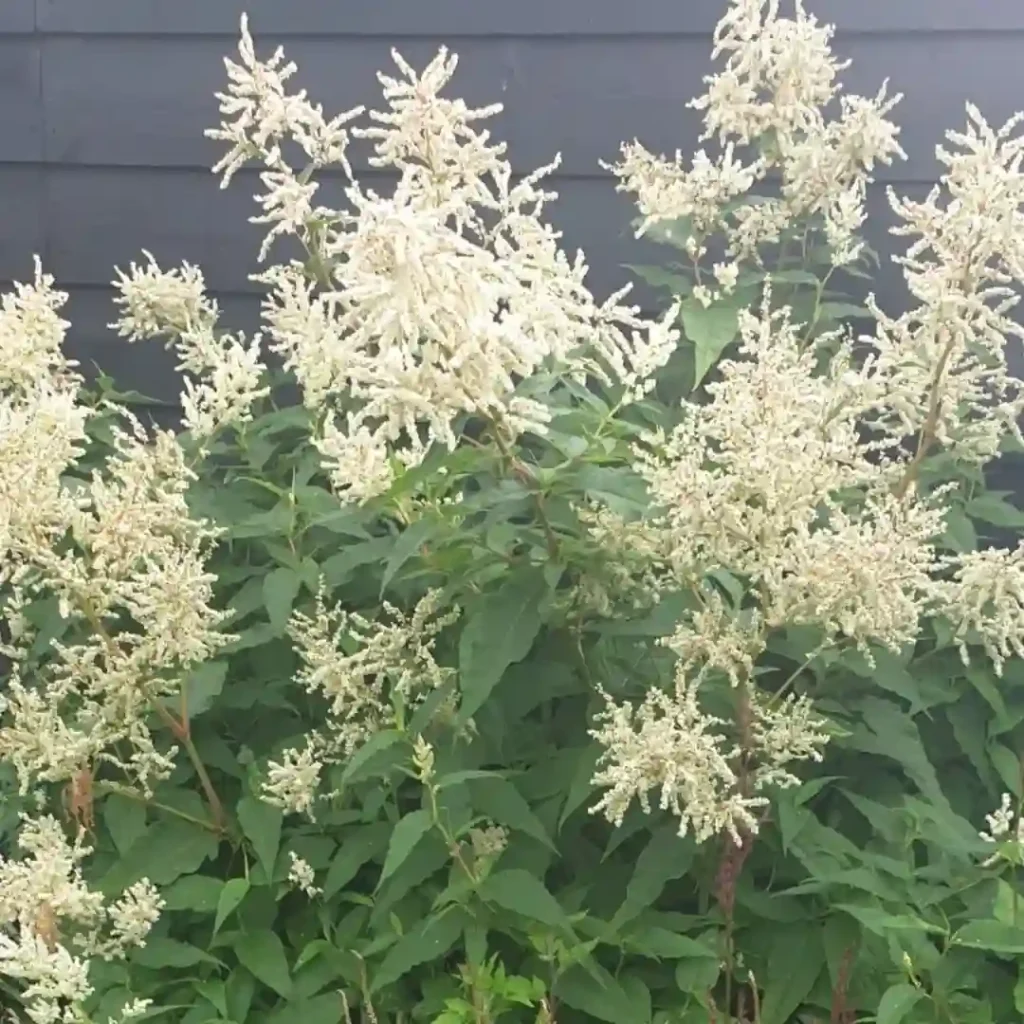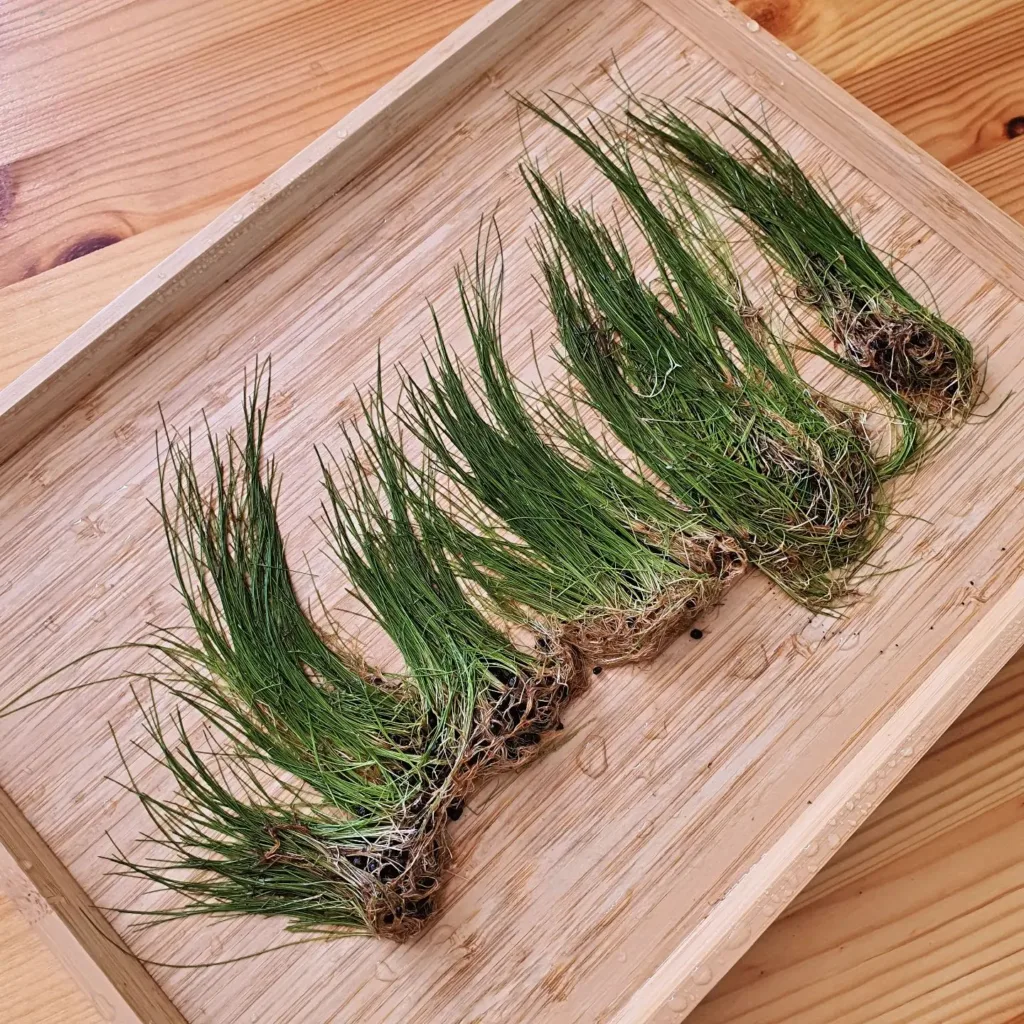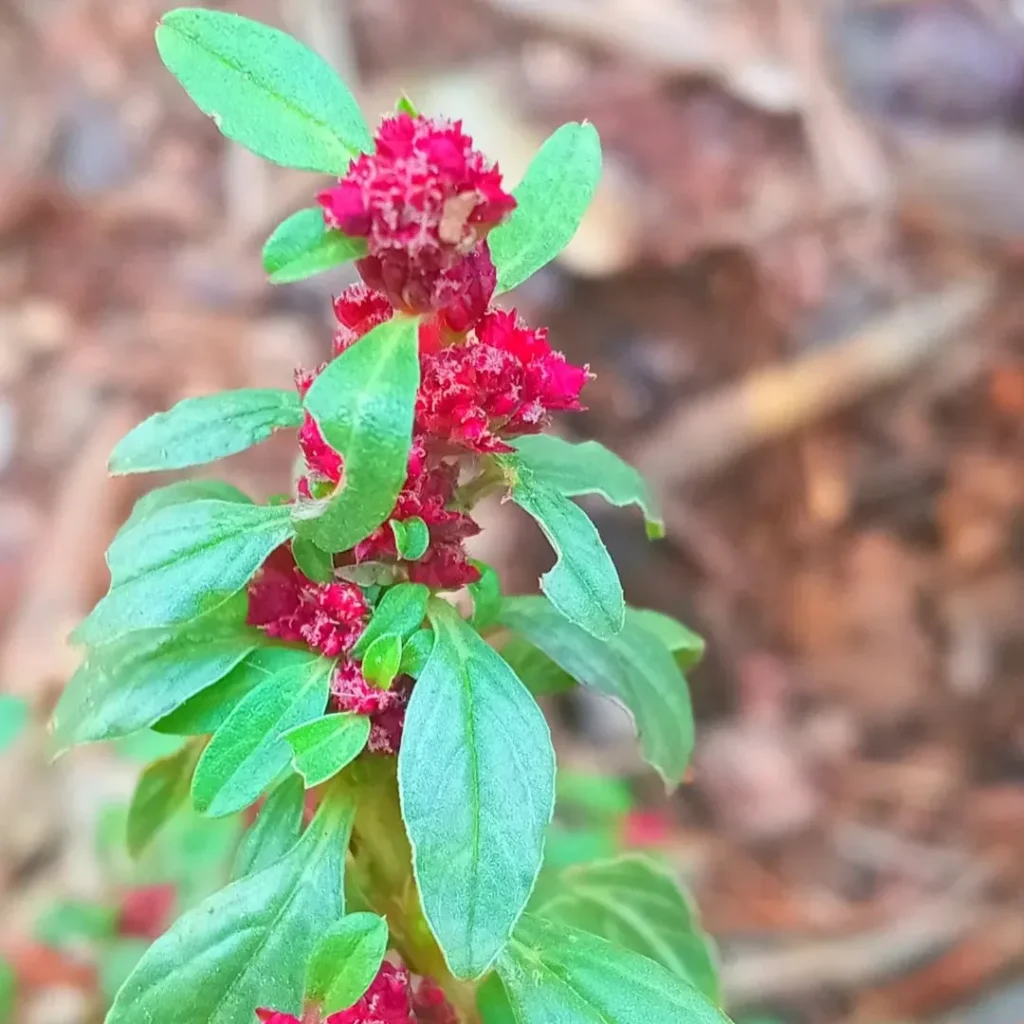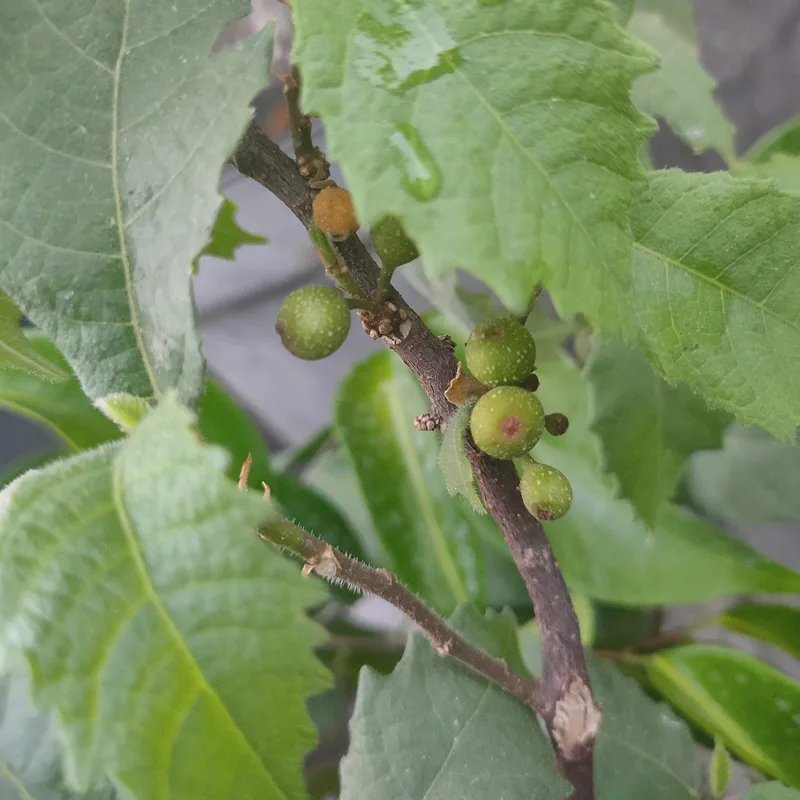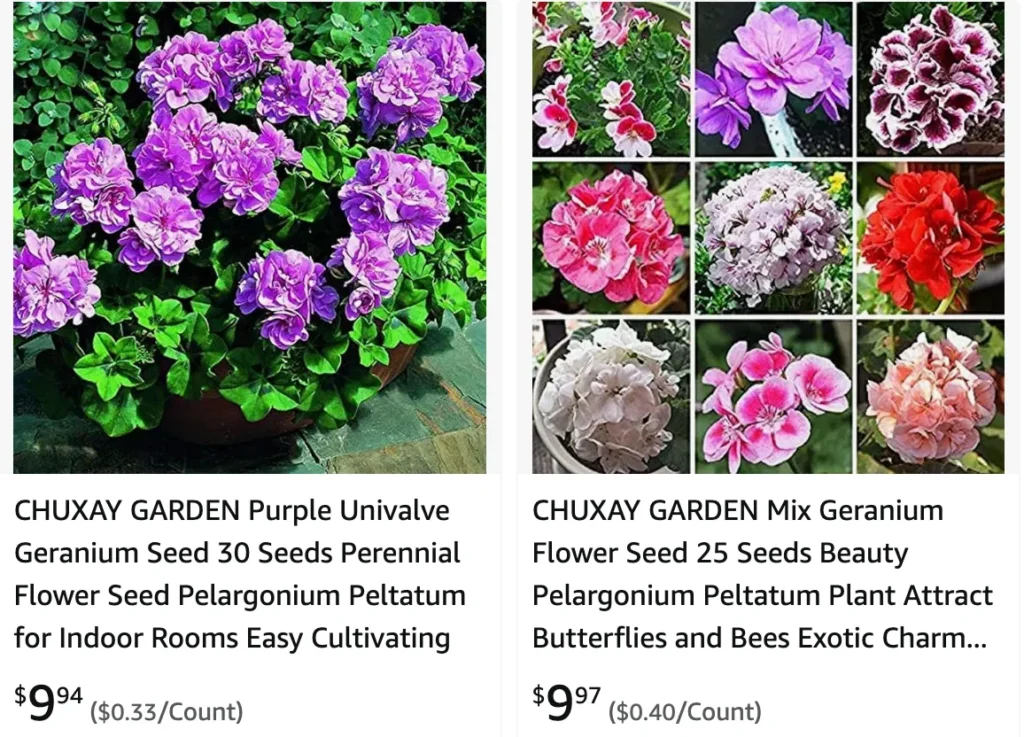
All About Pelargonium Peltatum: Your Guide to Ivy Geraniums
Hi there, Ferb Vu here! Today, we’re diving into the world of Pelargonium peltatum, also known as the ivy geranium. These cascading beauties are a staple in many gardens, bringing a burst of color and life with their trailing stems and vibrant blooms.
Whether you’re a seasoned gardener or just starting your plant parenthood journey, this FAQ will equip you with everything you need to know about caring for these lovely flowers.
287 Species in Genus Pelargonium
What is Pelargonium Peltatum?
Pelargonium peltatum is a perennial plant native to South Africa. However, in many regions with colder climates, it’s grown as an annual. Its defining features are:
- Trailing habit: Long, cascading stems that gracefully drape over containers and hanging baskets.
- Ivy-shaped leaves: Glossy, green leaves with five shallow or deeply lobed sections, resembling the leaves of ivy (Hedera) – hence the common name.
- Abundant blooms: Clusters of single or double flowers in various colors, including red, pink, white, purple, and bicolors.
Where can I plant Pelargonium Peltatum?
Ivy geraniums thrive in sunny locations with well-draining soil. They’re perfect for:
- Hanging baskets: Their trailing habit creates a stunning cascading display.
- Window boxes: Brighten your windowsills with vibrant blooms.
- Pots and containers: Add a touch of color to your patio or balcony.
- Garden beds: Plant them along edges or borders for a flowing effect.
How do I care for Pelargonium Peltatum?
Here’s the good news: ivy geraniums are relatively low-maintenance plants. Here are some key care tips:
- Watering: Water regularly, allowing the soil to dry slightly between waterings. Avoid overwatering, which can lead to root rot.
- Sunlight: Provide at least 6-8 hours of direct sunlight daily.
- Feeding: Fertilize every two weeks during the growing season with a balanced liquid fertilizer.
- Deadheading: Regularly remove spent flowers to encourage continuous blooming. Simply pinch off the flower head where the stem meets the main stalk.
- Pinching: Pinch back leggy stems to promote bushier growth. This encourages new growth and prevents the plant from becoming straggly.
What are some common problems with Pelargonium Peltatum?
While generally disease-resistant, ivy geraniums can be susceptible to a few issues:
- Aphids: These tiny green or black insects suck sap from the leaves. Use insecticidal soap or neem oil for control.
- Botrytis blight: This fungal disease causes gray mold on leaves and flowers. Improve air circulation and remove affected parts of the plant.
- Leaf spot: Brown or black spots may appear on leaves due to fungal or bacterial issues. Use a fungicide or bactericide as needed.
How do I overwinter Pelargonium Peltatum?
In colder climates, you can overwinter your ivy geraniums to enjoy them again next year. Here’s how:
- Take cuttings: Before the first frost, take stem cuttings about 4 inches long. Remove the lower leaves and plant them in a pot with well-draining potting mix. Place the pot in a sunny window and water moderately.
- Bring the plant indoors: If you prefer to overwinter the entire plant, bring it indoors before the first frost. Prune it back slightly and place it in a sunny location. Reduce watering and fertilizing during dormancy.
Remember:
- Ivy geraniums are mildly toxic to pets and humans. Keep them out of reach of children and animals.
- Experiment with different colors and varieties to create a stunning display in your garden.
Conclusion
Pelargonium peltatum, with its cascading habit and vibrant blooms, is a delightful addition to any garden. By following these simple care tips, you can enjoy these charming flowers throughout the season. So, get planting, and let the beauty of ivy geraniums brighten your space!
Happy gardening!
If i die, water my plants!
